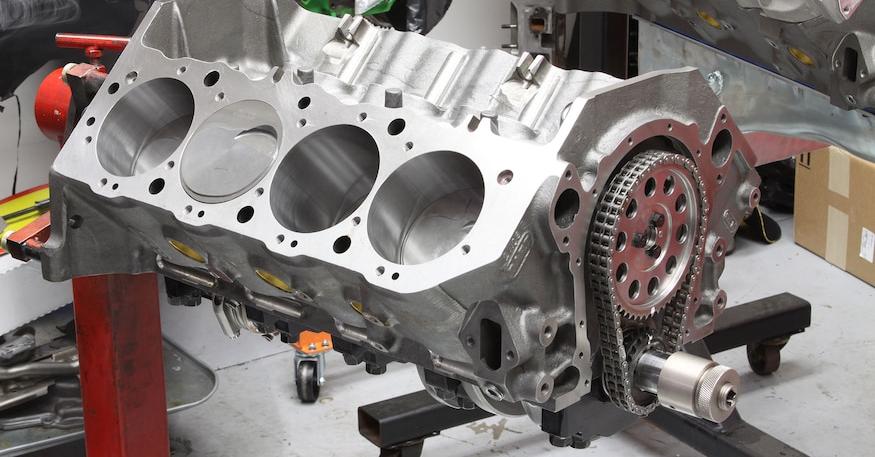Are you curious to know what is a shorting block? You have come to the right place as I am going to tell you everything about a shorting block in a very simple explanation. Without further discussion let’s begin to know what is a shorting block?
In the intricate world of electrical systems, there are various components and tools that play vital roles in ensuring safety, functionality, and efficiency. One such essential element is the “shorting block.” Despite its seemingly straightforward name, a shorting block holds significant importance in preventing electrical mishaps and facilitating maintenance procedures. In this blog, we’ll delve into the world of shorting blocks, their purpose, applications, and how they contribute to the smooth operation of electrical systems.
What Is A Shorting Block?
A shorting block, also known as a shorting bar or shorting link, is a device used in electrical systems to safely connect or disconnect conductors. It is often a metal or insulated bar equipped with terminals or clamps that securely hold multiple conductors together. Shorting blocks are primarily employed during maintenance, testing, or troubleshooting procedures, ensuring that electrical circuits are safely de-energized or isolated.
Key Aspects Of Shorting Blocks:
- Safety Mechanism: Shorting blocks serve as a safety mechanism by providing a controlled path for electrical current to flow, thereby preventing unintentional electrical shocks or hazards during maintenance activities.
- Isolation and De-Energization: When a shorting block is used, it effectively isolates and de-energizes specific parts of a circuit, allowing technicians to work on or test equipment without the risk of accidental energization.
- Temporary Connection: Shorting blocks create a temporary connection between conductors, enabling electrical workers to quickly and securely link or unlink circuits without needing to physically disconnect cables or wires.
- Efficient Troubleshooting: By using shorting blocks, technicians can isolate specific sections of a circuit to diagnose faults, locate issues, and perform necessary repairs.
Applications Of Shorting Blocks:
- Substation Maintenance: In electrical substations, shorting blocks are crucial for ensuring the safe disconnection and reconnection of transformers, circuit breakers, and other equipment during maintenance and testing.
- Power Distribution: Shorting blocks are used to isolate sections of power distribution systems, allowing for targeted inspections and repairs without interrupting the entire network.
- Industrial Settings: Shorting blocks find applications in industrial environments where complex machinery and equipment need to be temporarily disconnected for servicing or troubleshooting.
- Telecommunications: Shorting blocks are utilized in telecommunications systems to disconnect or isolate specific lines for maintenance or upgrades while ensuring the safety of technicians.
- Renewable Energy: In renewable energy systems such as solar or wind power installations, shorting blocks are employed to isolate and work on specific components of the system without interrupting overall operation.
Conclusion
Shorting blocks may appear as modest components within complex electrical systems, but their role in ensuring safety, efficiency, and effective maintenance cannot be overstated. These unassuming devices play a critical part in preventing accidents, simplifying troubleshooting, and facilitating the smooth operation of electrical networks. As technology advances and electrical systems become increasingly intricate, the humble shorting block continues to provide a reliable solution for isolating, testing, and maintaining circuits, making it an indispensable tool in the hands of skilled electrical professionals.
If you find out some similar topics then visit here to https://seefounder.com/
FAQ
Why Ct Terminals Are Shorted?
The reason is very high voltages will be induced at the terminals. Think of the CT as a transformer, with a 1 turn primary and many turns on the secondary. When current is flowing through the primary, the resulting voltage induced in the secondary can be quite high, on the order of kilovolts.
Why Do Current Transformers Need To Be Shorted?
Because a “current transformer” is intended to >>step down<< the current in its primary “winding” (often just one turn in the case of a “clamp on” design). The intended load on the secondary is some kind of ammeter having a low impedance, guaranteed to practically “short circuit” the secondary.
How Does A Electrical Ct Work?
CT’s operate on the principle of a known accurate turns ratio which converts extremely high current measurement values into low-level AC voltage signals which are proportional to the amount of flux induced in the primary conductor. The rating of a CT secondary is typically either 5 Amps or 1 Amp.
What Are Ct Shorting Blocks?
Failure to follow the instructions / warnings in the Meter Installation Guide can result in permanent damage to the meter, severe injury or death. CT shorting blocks are used to create an intermediate contact point between the meter and load where it is safe to perform wiring alterations.
I Have Covered All The Following Queries And Topics In The Above Article
What Is A Ct Shorting Block
What Is A Shorting Block
What is a shorting block?
